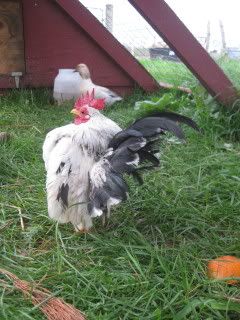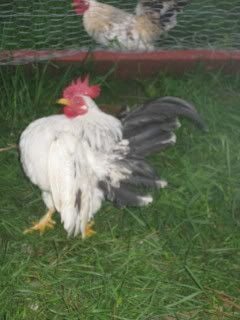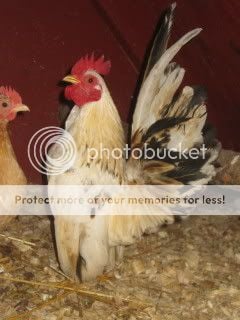I've read all the usual stuff about weight, stance, and such but I'm wondering what are real people like you looking for in your serama chickens? Is there any way to pick chicks? How do you discern if a chick is 100% serama when picking them out?
Lastly, I can see some differences here:
http://www.jerrysseramasllc.com/malaysian.htm
http://www.jerrysseramasllc.com/breeders.htm
The Malaysian seem to be smaller and have a more profound stance... larger chest and more upright compared to "Jerry's Cocks". Whats up with that?
Anything else you can think of would be helpful.
Thanks!
Lastly, I can see some differences here:
http://www.jerrysseramasllc.com/malaysian.htm
http://www.jerrysseramasllc.com/breeders.htm
The Malaysian seem to be smaller and have a more profound stance... larger chest and more upright compared to "Jerry's Cocks". Whats up with that?
Anything else you can think of would be helpful.
Thanks!
Last edited:












